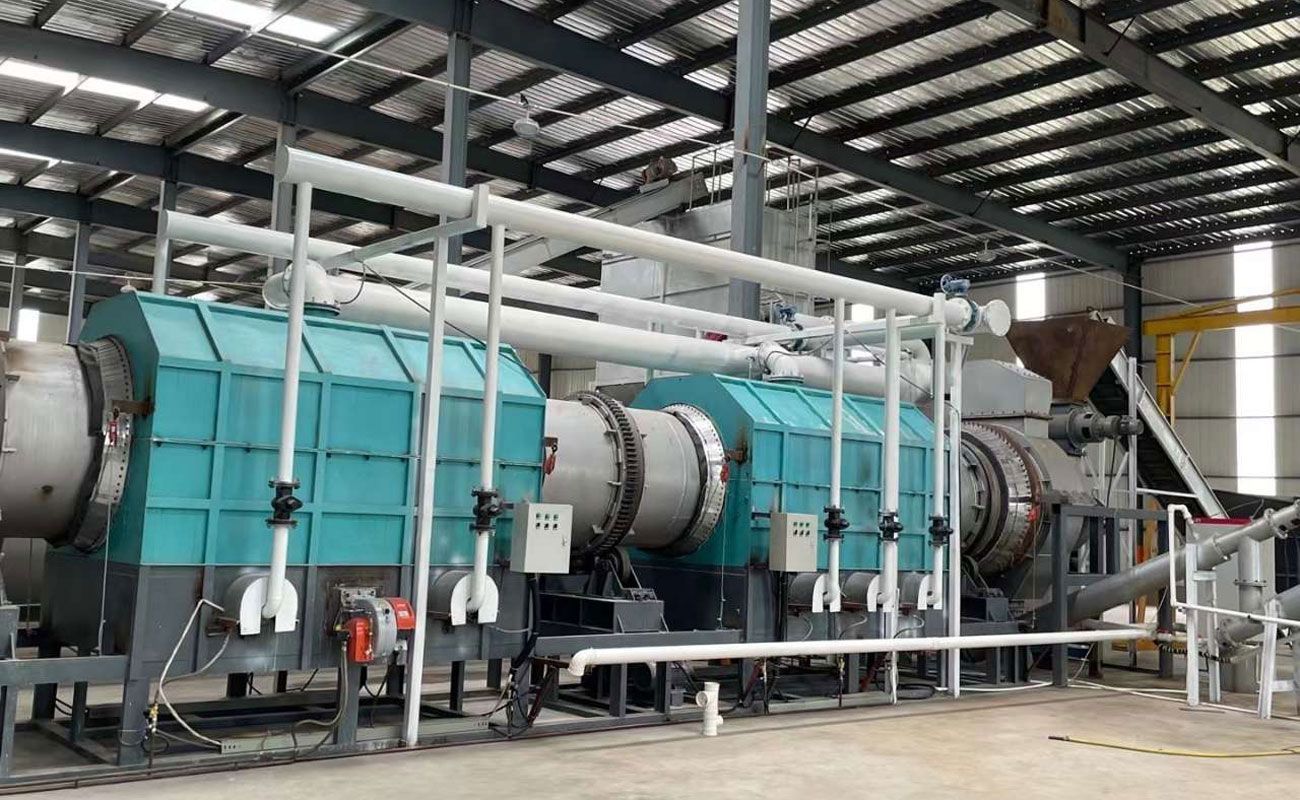The Meaning of Biomass Pyrolysis in Agriculture
In the quest for sustainable agricultural practices, researchers and farmers are increasingly turning to innovative techniques to enhance productivity while minimizing environmental impact.

In the quest for sustainable agricultural practices, researchers and farmers are increasingly turning to innovative techniques to enhance productivity while minimizing environmental impact. Biomass pyrolysis, a biomass pyrolysis process that converts organic agricultural waste into valuable biochar and biofuels, holds great promise for revolutionizing the agricultural landscape. This article explores the meaning of biomass pyrolysis in agriculture and its potential benefits for farmers and the environment.
Understanding Biomass Pyrolysis:
Biomass pyrolysis involves subjecting organic agricultural residues, such as crop waste, straw, or wood chips, to high temperatures in the absence of oxygen. This thermal decomposition process transforms the biomass into three primary products: biochar, bio-oil, and syngas. Biochar, a carbon-rich charcoal-like substance, is the most prominent output and is known for its soil-enhancing properties. Bio-oil can be used as a renewable fuel source, while syngas can be utilized for heat or power generation.
Soil Enrichment and Nutrient Retention:
The application of biochar derived from biomass pyrolysis has shown tremendous potential in enhancing soil fertility and nutrient retention. Biochar acts as a porous structure, providing habitat for beneficial microorganisms and improving soil water-holding capacity. It enhances nutrient availability, reduces nutrient leaching, and promotes the growth of healthy plant roots. The addition of biochar to agricultural soils can contribute to increased crop yields, improved soil structure, and long-term carbon sequestration.
Carbon Sequestration and Climate Change Mitigation:
Biomass pyrolysis offers a significant opportunity for carbon sequestration and climate change mitigation. By converting agricultural residues into biochar, carbon is effectively removed from the atmosphere and stored in the soil for an extended period. Biochar's high carbon content makes it a stable form of organic carbon, contributing to long-term carbon sequestration. This process aids in reducing greenhouse gas emissions and mitigating the impacts of climate change, making biomass pyrolysis a valuable tool in sustainable agricultural practices.
Waste Management and Resource Efficiency:
Agricultural waste generated from crop residues, pruning materials, and other organic byproducts can be challenging to manage effectively. Biomass pyrolysis provides a viable solution by converting this waste into valuable products. Instead of burning or disposing of agricultural residues, farmers can use biomass pyrolysis technology to transform them into biochar and bio-oil. This approach reduces waste, promotes resource efficiency, and offers a sustainable alternative to traditional waste management methods.
Energy Generation and Cost Savings:
Apart from biochar, biomass pyrolysis also produces bio-oil and syngas, which can be harnessed as renewable energy sources. Bio-oil can be used for heating, electricity generation, or as a substitute for fossil fuels in various applications. Syngas, a mixture of carbon monoxide and hydrogen, can be utilized in combustion engines or converted into additional energy products. The integration of biomass pyrolysis into agricultural practices allows farmers to generate their own renewable energy, leading to potential cost savings and reduced reliance on non-renewable resources. Get the biochar kiln from Beston.
Conclusion:
Biomass pyrolysis has emerged as a promising technique in agriculture, offering numerous benefits to both farmers and the environment. From enriching soil fertility and enhancing nutrient retention to sequestering carbon and mitigating climate change, biomass pyrolysis holds immense potential. By effectively managing agricultural waste, producing valuable biochar, bio-oil, and syngas, and generating renewable energy, farmers can adopt more sustainable practices while optimizing productivity and reducing their environmental footprint. As the agricultural industry continues to prioritize sustainability, biomass pyrolysis is poised to play a pivotal role in shaping a greener and more prosperous future for agriculture.



